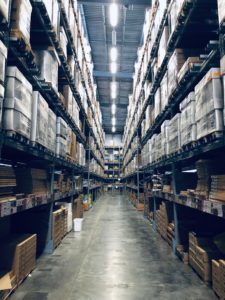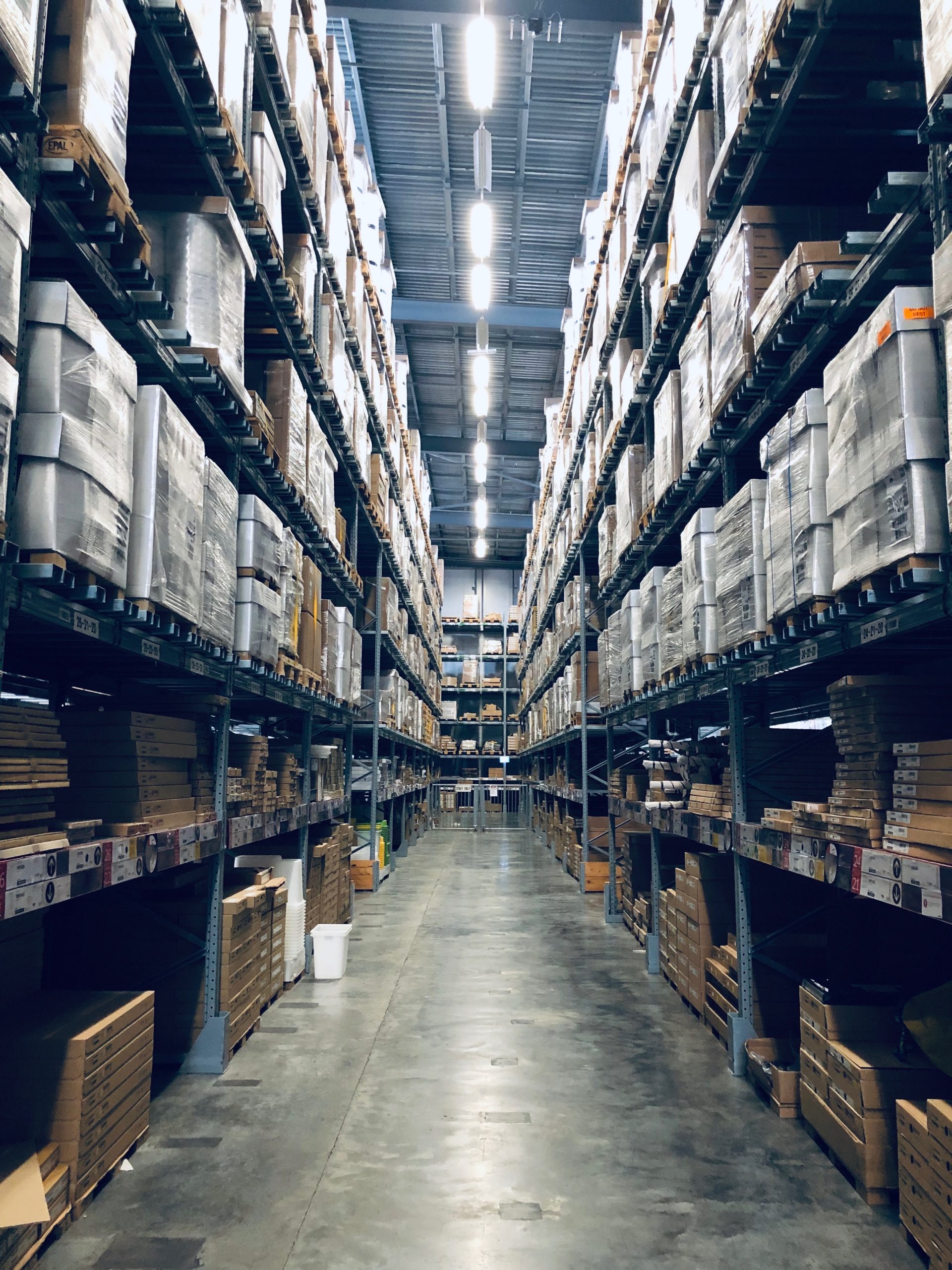What is the solution?
Providing incentives for suppliers to decarbonise their business and the products they deliver can take many forms, ranging from intangible to more tangible benefits. Organisations can, for example, publicly recognise suppliers, they can establish beneficial payment terms, work with longer term contracts, or provide higher product prices to reward the decarbonisation efforts of suppliers.
Organisations may also make having net zero targets and a carbon reduction plan a supplier selection criterion, meaning that eventually they will only source from compliant suppliers. Please refer to the factsheet “Carbon reduction plan at supplier level” to learn more about this approach.
Is it easy to implement?
The solution in itself is relatively easy to implement – notably when it comes to providing public recognition. However, determining under which conditions suppliers benefit from which incentives requires a structured approach, especially for the more tangible benefits such as long-term contracts or higher purchase prices. Communicating your expectations, and ideally a roadmap for suppliers, helps suppliers to plan ahead and fulfil your expectations.
Key implementation points
Organisations can either choose to base incentives on the overall emission reductions (targets) of a key supplier or on reductions for a given product. As part of the supplier engagement strategy, organisations should also consider what type of documentation they request from suppliers to prove emission reductions or target-setting and to what extent these should be independently verified.
Points of attention
-
Points of attention
Buy-in from the procurement function will be vital to making this approach a success; procurement leadership should be involved early on in the process. For beneficial payment terms and long-term contracts, it needs to be verified if these types of arrangements can already be implemented by buyers, or if changes to procurement rules need to be made.

Key actions
-
#1 Prioritise suppliers
Identify suppliers/products with high carbon impact to prioritise actions.
-
#2 Understand the baseline
Survey key suppliers to get a better understanding about their maturity regarding emission reductions (measurement, target, reduction plan in place?) and to potentially adapt your strategy.
-
#3 Publicly recognise outstanding suppliers
Recognise suppliers by featuring them in a press release, social media posts, or in your organisation’s sustainability report. A more ambitious form of public recognition is to organise supplier awards and feature winners through an online or in-person award ceremony.
-
#4 Implement beneficial payment terms
Beneficial payment terms can be a good starting point to reward suppliers for carbon reductions.
-
#5 Put in place long-term contracts
Longer term contracts enable long-term planning and visibility for suppliers. It also sends a signal to suppliers that their investments in low-carbon technologies will pay off.
-
#6 Support buying renewable energies
Providing incentives for suppliers can also be focused on a specific topic. Some organisations provide financial support for suppliers to switch to renewable energy, for example through Power Purchase Agreements.
-
#7 Pay higher product prices
Use this instrument for suppliers/products that have a significant carbon impact. A comparative product carbon footprint or life-cycle analysis can serve as a proof for emission reductions.
To be considered
-
Potential co-benefits
- Strengthening supplier relationships
- Encouraging innovation
- Creating peer-pressure on other suppliers
- Cost-savings for suppliers, e.g. through energy efficiency measures
-
Success Conditions
- Buy-in from procurement
- Putting in place a system to verify carbon reductions, notably for more tangible rewards
- Requires a strategic and structured approach if to be implemented at scale
-
Prerequisites & Specificities
- Knowledge about carbon and environmental hotspots in the supply chain
-
Potential risks
- For certain incentives: cost implications
Requiring suppliers to reduce emissions loses much of its effectiveness if not accompanied by the right recognition or incentives for high-performing suppliers BSR (9)
Tools and good practices
-
Exponential Roadmap: 1.5° Supplier Engagement Guide
The online “1.5° Supplier Engagement Guide” provides easy-to-understand guidance, examples and templates for encouraging and incentivising suppliers to decarbonise.
Check here -
Philips: Supplier Sustainability Performance Programme
Example of an overarching supplier sustainability engagement strategy.
Check here -
Example letter: Recognising progress of suppliers
An exemplary letter that was sent to a supplier of Telefònica to thank and congratulate them for the progress on climate action. The document is available on the website of the 1.5° Supplier Engagement Guide (see above).
Read here
To go further
-
WBCSD, Reaching Net Zero: Incentives for Supply Chain Decarbonization, 2021.
The report presents a framework of supplier incentivisation levers that companies can use to decarbonise their supply chains, ranging from penalty-based to reward-based levers. The framework is supported by case studies of how companies are already using these to catalyse climate action.
Read here -
Science Based Targets Initiative, Value Change in the Value Chain: Best Practices in Scope 3 Greenhouse Gas Management, 2018
Chapter 5 is dedicated to supplier engagement and provides a framework as well as a comprehensive overview of types of communication methods, agreements, incentives and monitoring tools when engaging with suppliers.
Read here
Request carbon reductions at supplier level

Supplier incentives

Sea freight

Sources
(1) McKinsey, Buying into a more sustainable value chain, 2021. Read here
(2) Reported through the Carbon Disclosure Project’s (CDP) platform in 2021. Carbon Disclosure Project, Engaging the Chain: Driving Speed and Scale. CDP Global Supply Chain Report 2021, February 2022. Check here
(3) WBCSD, Reaching Net Zero: Incentives for supply chain decarbonization, 2021. Read here
(4) Lidl, Notre vision de la RSE, 2022. Read here
(5) O2, Press Release: O2 and SSE Business Energy launch new offer to help supply chain switch to renewable energy, 2020. Read here
(6) Philips, Six steps helping us to decarbonize our supply chain, 2021. Read here
(7) CSR Europe, +200 Suppliers Engaged in the Solvay Suppliers Day, 2022. Read here
(8) Walmart sustainablity, Project Gigaton, 2022. Read here
(9) BSR, Climate Action in the Value Chain. Reducing Scope 3 Emissions and Achieving Science-Based Targets, April 2020.
Cover photo © Ruchindra Gunasekara/Unsplash.
